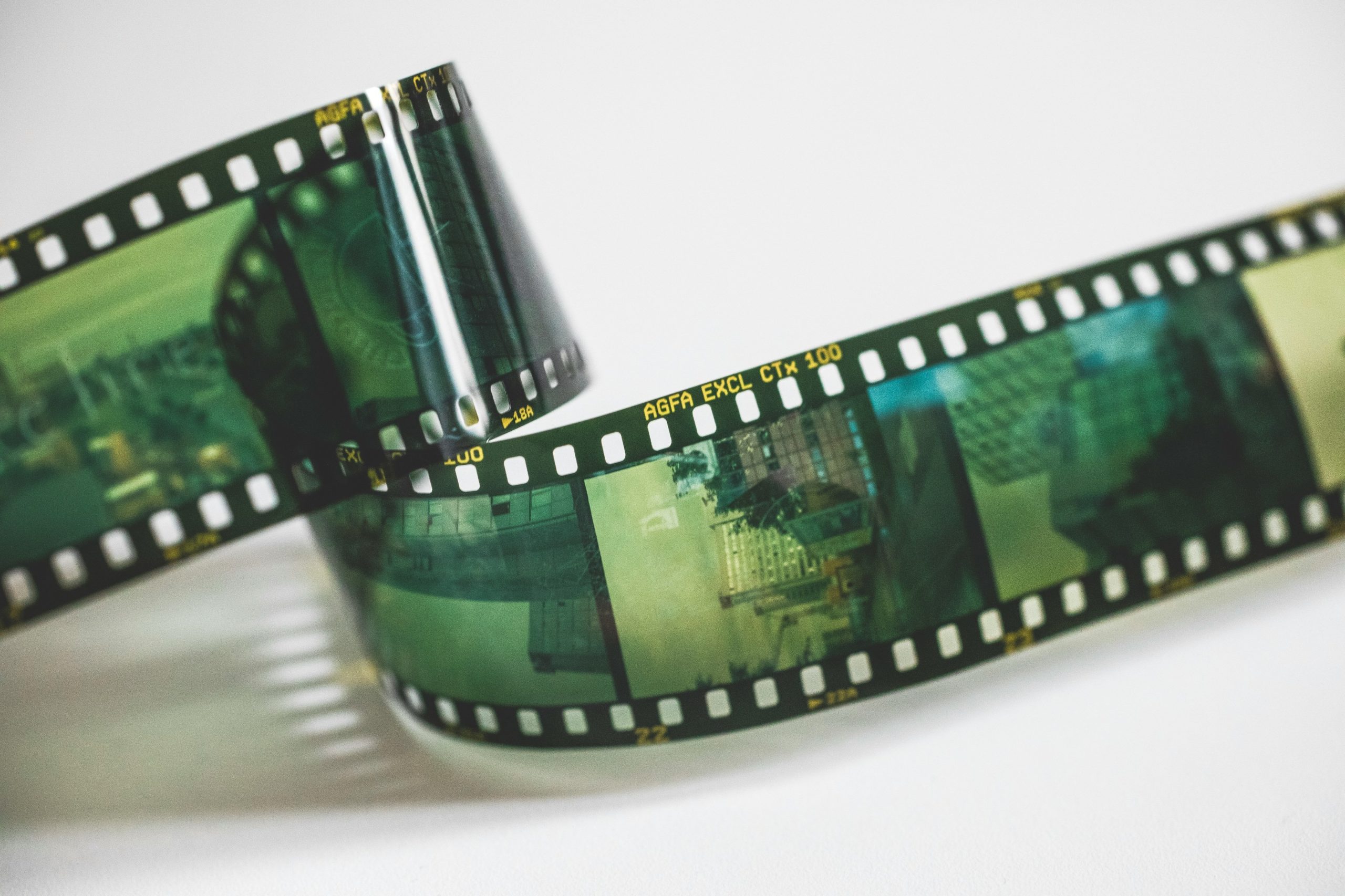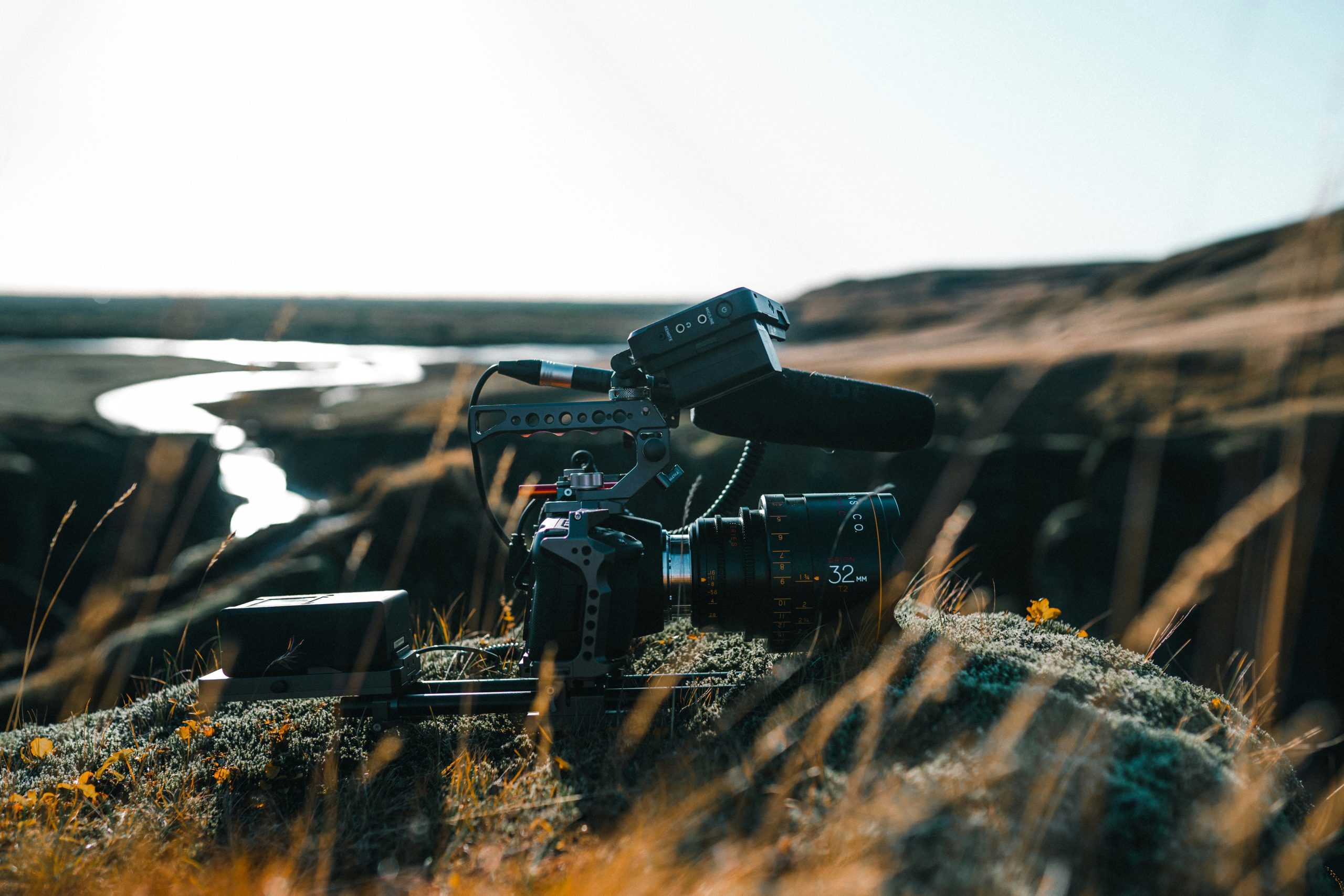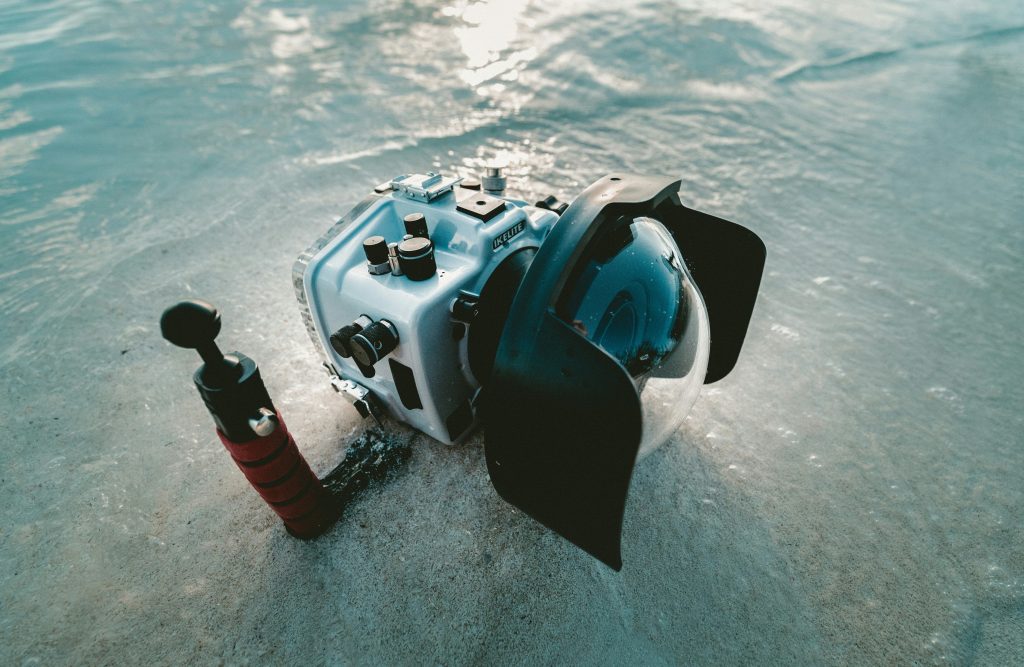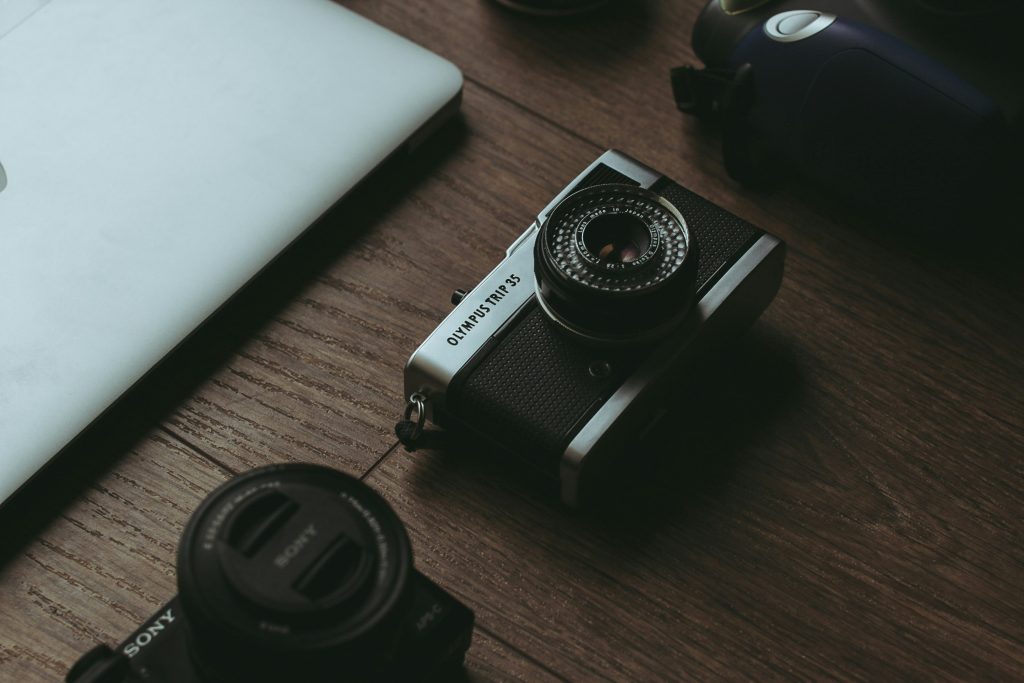Ever spent hours editing hiking videos, only to feel like the final cut still lacks that “wow” factor? You’re not alone. Let’s fix that.
In this guide, we’ll cover how to select gear tailored for outdoor exploration, master editing techniques specific to adventure footage, and avoid rookie mistakes like slapping random filters on shaky clips (cringe). Ready?
Table of Contents
- Key Takeaways
- Why Editing Adventure Videos is Harder Than It Looks
- Step-by-Step Guide to Perfect Adventure Video Edits
- Top 5 Adventure Video Editing Tips
- Real-Life Editing Success Stories
- Frequently Asked Questions About Adventure Video Editing
Key Takeaways
- Pick a camera designed for rugged terrain—it saves time in post-production.
- Avoid overusing trendy effects; they can ruin the authenticity of your adventure footage.
- Sound design is half the battle—don’t neglect background music and natural sounds.
- Use stabilization tools during shooting AND editing for professional results.
- Invest in software that supports 4K footage if you’re filming high-res hikes.
Why Editing Adventure Videos Is Harder Than It Looks
Picture this: You just got back from an epic day on the trails. The sun was setting perfectly behind the mountain peaks, and your GoPro captured every breathtaking moment… except now, as you sit down to edit, everything feels flat and unpolished. Why?
I made this mistake once—going full throttle with flashy transitions because I thought it’d look “cool.” Spoiler alert: It wasn’t cool. It looked amateurish. Outdoor videos have unique challenges: shaky hands, poor lighting conditions, or even incompatible file formats between devices. Understanding these hurdles is step one toward mastering adventure video editing.

Let’s dive deeper into solutions, shall we?
Step-by-Step Guide to Perfect Adventure Video Edits
Step 1: Choosing the Right Gear
Not all cameras are created equal when it comes to hiking videos. Action cameras like the GoPro HERO series or DJI Osmo Action are built for durability and stability in unpredictable environments. Invest in waterproof cases, additional batteries, and microphones for crisp audio.
Step 2: Capture Clean Shots While On Trail
Editing starts before you hit record! Use gimbals or stabilizers to ensure smooth shots, especially while moving. Balance wide-angle landscapes with close-ups of flora/fauna details for visual variety.
Step 3: Organizing Your Files
“Optimist You:” “Just dump all files onto my desktop!”
“Grumpy You:” “Oh no, you didn’t.” Organization matters here. Create folders labeled by date/location/camera type so you don’t waste precious editing time searching for clips.
Top 5 Adventure Video Editing Tips
- Tip #1: Prioritize storytelling over gimmicks. Ask yourself: What emotion do you want viewers to feel?
- Tip #2: Sync sound properly—natural ambiance (like rustling leaves) adds depth.
- Tip #3: Color grading makes or breaks footage. Stick to subtle adjustments rather than heavy presets.
- Tip #4: Don’t skip color correction basics like white balance adjustments.
- Tip #5: Avoid excessive cuts. Let moments breathe instead of cramming too much action into short clips.
*PSA:* Never use auto-sync features blindly—it often messes up frame rates. Learn manual syncing at least once!

Real-Life Editing Success Stories
Meet Sarah, a hiking enthusiast turned YouTube sensation. She struggled to grow her channel until she discovered Adobe Premiere Pro’s warp stabilizer tool. Her videos went from “meh” to mesmerizing within weeks. Check out her “Before vs After Stabilization” clip—it’s textbook perfection.
Frequently Asked Questions About Adventure Video Editing
Q1: What’s the best software for beginner editors?
DaVinci Resolve is free, intuitive, and packed with features ideal for beginners without breaking the bank.
Q2: Should I upgrade my camera for better footage quality?
If your current setup struggles with low-light performance or stabilization, yes—an investment could save countless headaches later.
Q3: How long should my adventure videos be?
Aim for 3–5 minutes unless you’re targeting niche audiences who prefer longer narratives.
Conclusion
With the right gear, smart planning, and solid editing skills, creating stunning adventure videos becomes less daunting—and way more fun. Remember: Authenticity trumps flashy trends every time. Now go grab some coffee (you earned it!) and start editing those epic hiking memories!
(P.S. Like finding Nemo underwater, the perfect shot takes patience—but trust me, it’s worth it.)
Happy trails and happy editing!
Haiku Time:
Sunset on the peak, Footage flows through steady hands, Cinema dreams bloom.


